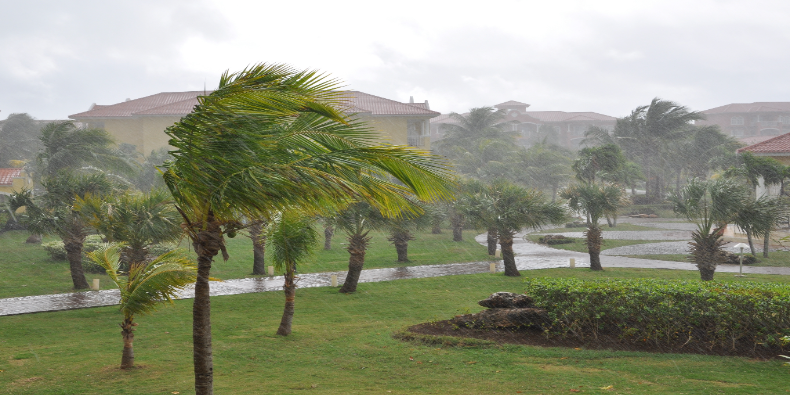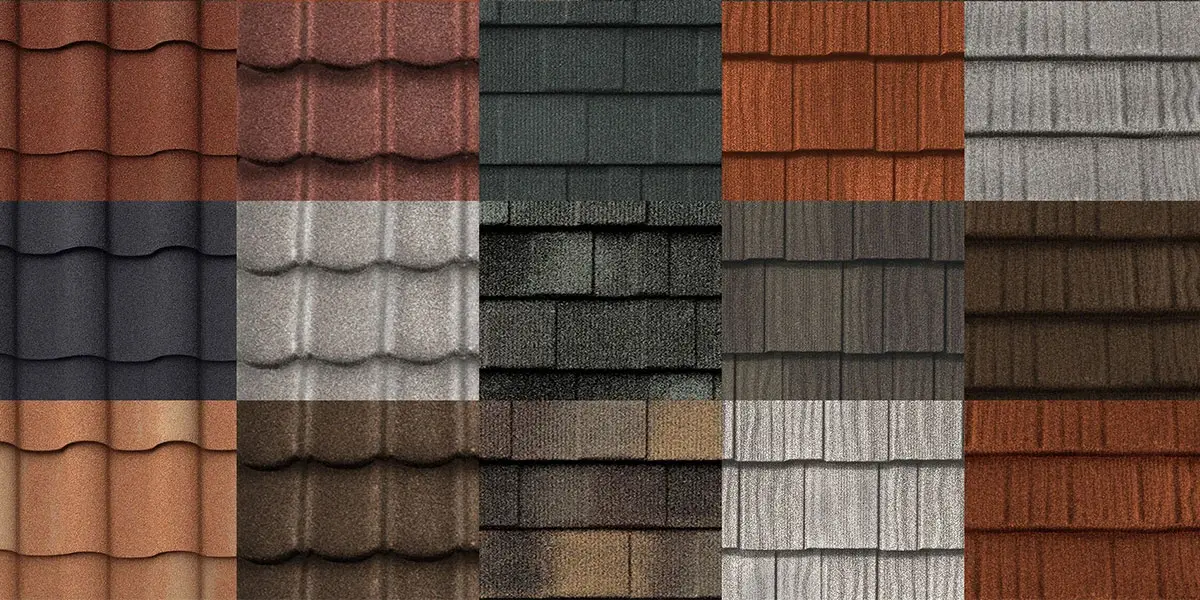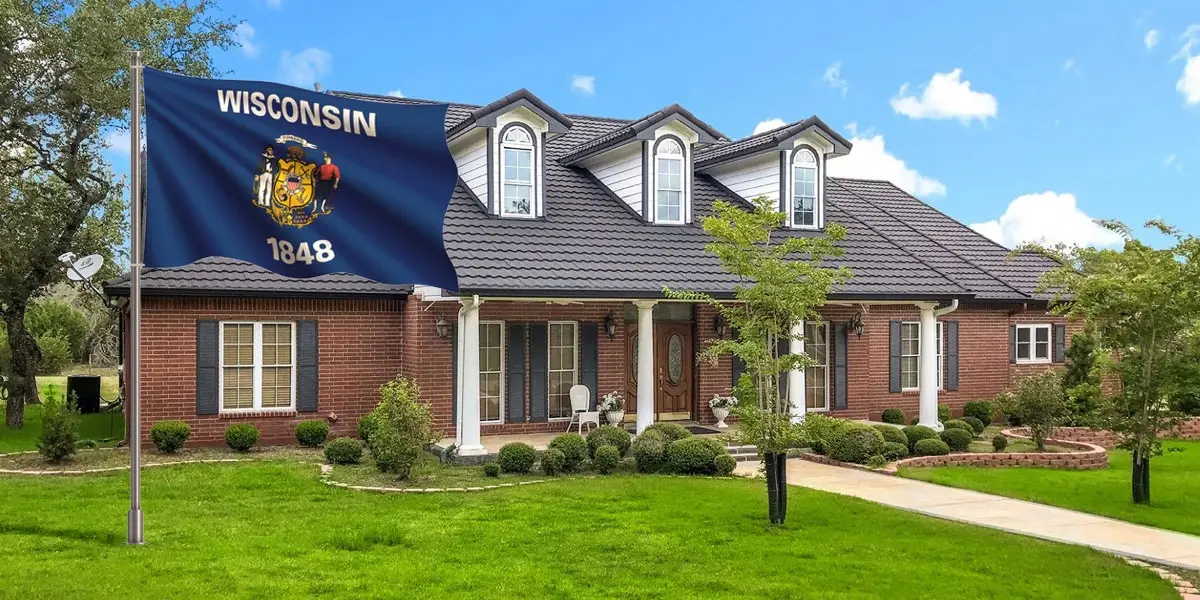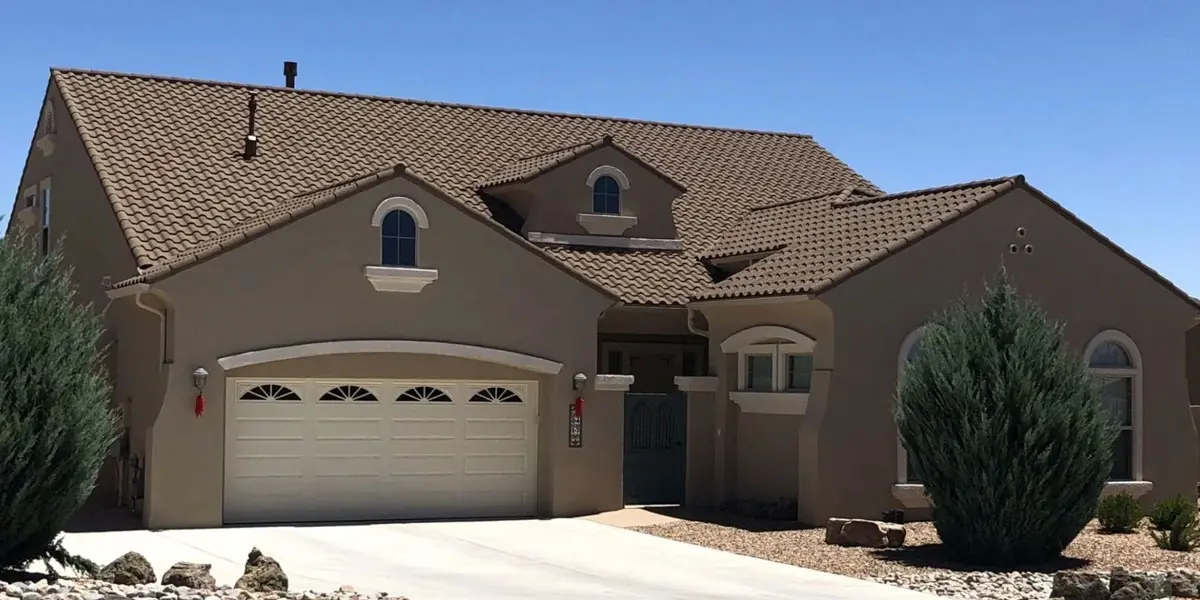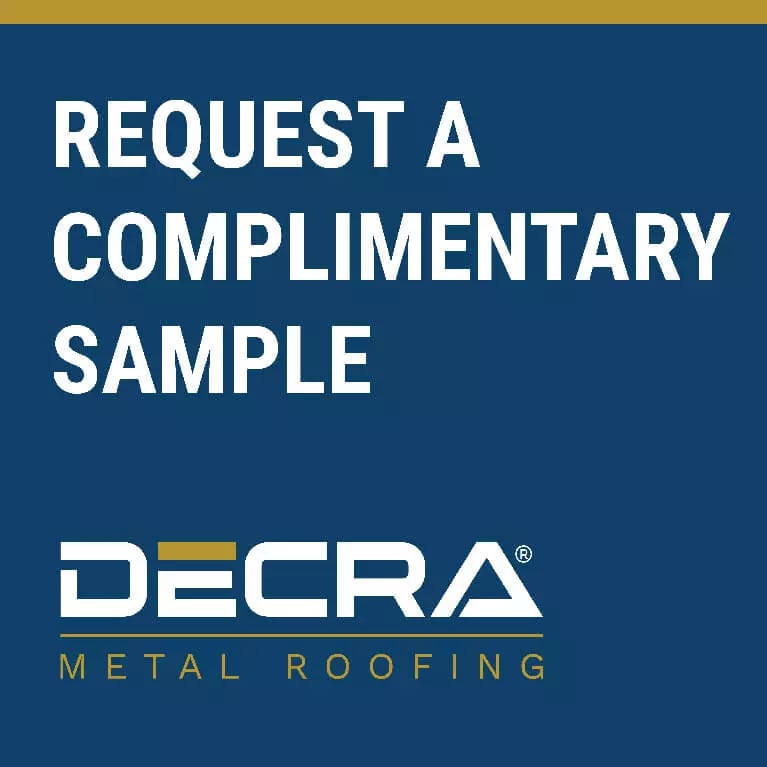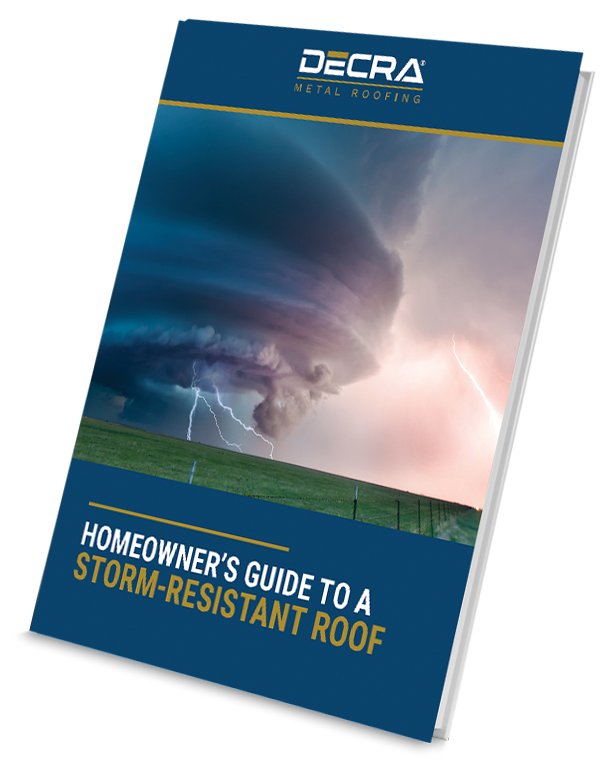From powerful hurricanes battering the coasts to tornadoes sweeping across the heartland, high winds pose a serious threat.
But high winds–and their potential for damage–aren’t limited to just hurricane zones or Tornado Alley–wind speeds of just 45 mph can cause structural damage.
Since high winds can occur nearly anywhere in the country, a wind-resistant roof is a key consideration for homeowners in the market for a new roof.
However, high winds are often accompanied by other weather events–such as hail and wind-driven rain. For this reason, the best roof for high winds will offer more than just superior wind resistance.
Here’s what you need to know:
- How high winds can damage the roof.
- What to look for in a wind-resistant roof.
- The importance of a warranty that covers high winds.
- What is the best roofing material for high winds?
- Case Study: Wind-Resistant Roofing in Hawaii
How High Winds Can Damage the Roof
Three of the most common causes of roof damage from high winds are wind uplift, wind-driven rain, and hail or debris impact.
High winds can produce a force known as wind uplift, which occurs when the air pressure below the roofing assembly exceeds the air pressure above the building’s roof. As wind flows over or around the building, the pressure directly above the roof surface decreases. Simultaneously, internal air pressure increases due to air infiltration through openings and cracks.
-1.webp?width=2500&height=1354&name=DECRA%20Wind%20Uplift%20Graphic%20Final%20Transparent%20wBackground%20(1)-1.webp)
This creates a net upward force on the roofing system, known as wind uplift, which can compromise the roof's integrity by peeling or separating the roof membrane. In severe cases, it can blow off the entire roof.
Wind-driven rain can exacerbate wind damage by penetrating exposed roof areas, leading to mold, mildew, and water damage inside the home.
Hail and debris from hurricane-force winds, such as tree branches, can puncture the roof or dislodge roofing materials that aren’t resistant to debris impact.
What to Look for in a Wind-Resistant Roof
The best roof for high winds will have undergone rigorous testing and achieved the following certifications for high winds, hail impact, wind-driven rain, and wind uplift.
- TAS-125 Approved for High-Velocity Hurricane Zones: Regions frequently impacted by hurricanes, such as Miami-Dade County in Florida, are known as high-velocity hurricane zones (HVHZs). Homes and buildings located in HVHZs are subject to the most rigorous building codes in the nation, which mandate the use of roofing products approved for HVHZs. Roofs that have passed TAS 125 testing comply with these requirements for HVHZs. So even if you don’t live in an HVHZ, you’ll have peace of mind knowing your roof has been rigorously tested and certified to withstand hurricane-force winds. Learn more about HVHZs here.
- UL2218 Class 4 Rating for Impact Resistance. The UL2218 test evaluates how well a roofing product can withstand impact from hail. Roofs certified with a Class 4 Impact Rating, the highest rating possible, have proven their ability to resist impact from hail or debris without damage. Learn more about the UL2218 Class 4 impact rating here.
- TAS-100 Rating for Wind-Driven Rain. No matter what type of winds your home experiences, you’ll want a roof that prevents wind-driven rain from penetrating the panel and roofing membrane to damage the underlying deck and structure. Roofing materials with a TAS-100 rating can withstand up to 8” of rain driven by winds ranging from 35-110 mph for 90 minutes. Learn more about the TAS-100 test here.
- UL1987 Rating for Wind Uplift. The UL1987 is an important safety standard for testing how well a roof system handles wind uplift. The rating is determined in pounds per square foot, indicating the highest wind speed a roof can withstand before failing. Learn more about the UL1987 test here.
The Importance of a Warranty That Covers High Winds
Choosing a roof with standard warranty coverage for high winds is crucial. This type of coverage ensures that the roofing system can withstand high winds and is particularly important for homeowners in tornado and hurricane-prone areas.
Before deciding on a roof, it’s important to thoroughly review the manufacturer’s warranty and read the fine print.
For example, some roofing manufacturers provide only basic warranty coverage and won’t cover damage from high winds or hail impact. Other manufacturers may charge extra for coverage against high winds or prorate the warranty length.
Be sure to look for a roof that comes with a Lifetime Limited Warranty covering hail and wind. If you plan to sell your home in the future, look for a manufacturer that allows warranty transfers to the new owners.
What is the Best Roofing Material for High Winds?
As mentioned previously, look for a roof that can withstand more than just high winds. This can present a challenge when considering asphalt shingles, clay tiles, or wood shakes. While some of these materials can resist high winds, they may not resist hail or wind-driven rain.
For example, asphalt shingles are prone to wind uplift, warping, cupping, and curling around the edges. When high winds blow through, the warped shingles are easily blown off the roof.
 Clay tile roofs are another roofing material unsuited for high winds. Clay tiles are extremely fragile. Just walking on a clay tile roof for routine maintenance can cause damage, so you can imagine the potential impact of hail or storm debris.
Clay tile roofs are another roofing material unsuited for high winds. Clay tiles are extremely fragile. Just walking on a clay tile roof for routine maintenance can cause damage, so you can imagine the potential impact of hail or storm debris.
Wood shake roofs don’t fair much better. They can become brittle without frequent maintenance, making them highly prone to damage from wind uplift, hail, or wind-driven rain.
Metal roofing, on the other hand, can withstand hurricane-force winds, wind uplift, hail, wind-driven rain, and nearly anything Mother Nature can throw at it.
For instance, DECRA’s line of stone-coated metal roofing products checks all the boxes for withstanding high winds, including:
- Highest Class 4 rating for hail and debris impact.
- TAS-125 approved for high-velocity hurricane zones.
- TAS-100 approved for resistance to wind-driven rain.
- One of the highest ratings for resistance to wind uplift.
- Lifetime limited warranty that comes standard on all products, including coverage for winds up to 120 mph and hail impact up to 2.5 inches in diameter.
The industrial strength of metal roofing is tough to beat when it comes to high winds. But don’t worry–the industrial strength of metal roofing doesn’t come with industrial aesthetics.
Designed to bridge the gap between strength and style, stone-coated metal roofing is engineered to replicate the look of traditional roofing materials, such as asphalt shingles or wood shakes, without sacrificing durability.
Take it from this case study.
Case Study: Wind-Resistant Roofing in Hawaii
After high winds and heavy rains damaged the original thatched roof of the 23,500-square-foot entry building to the Polynesian Cultural Center in Oahu, Hawaii, they needed a wind-resistant roofing solution. The new roof had to withstand Hawaii’s high winds and rain while maintaining the property's cultural and historical integrity.
Since the Cultural Center had smaller buildings throughout the property, they decided to test different roofing products on several of the smaller buildings to determine the best roof for the main entry building.
DECRA Shake in Weathered Timber was selected for its durability against high winds, rain, and humidity, as well as its ability to replicate the appearance of the original thatched roof.

DECRA Stone-Coated Metal Roofing for High Winds
As the original stone-coated metal roofing manufacturer since 1957, DECRA Metal Roofing products have a long-established reputation for quality, durability, and longevity.
DECRA roofs are made at our state-of-the-art facility in Corona, California. All products are tested above and beyond the requirements to ensure the quality that DECRA is known for is present in every stone-coated metal roofing panel we produce. We’re so confident in our products' quality, durability, and longevity that we back them up with a Lifetime Limited Warranty that covers 120 mph winds and hail penetration up to 2.5” in diameter.
Ready to see and feel the DECRA difference? Click here to order a complimentary sample.
Editor's Note: This blog was originally published in February 2022, but has been updated with relevant information.

